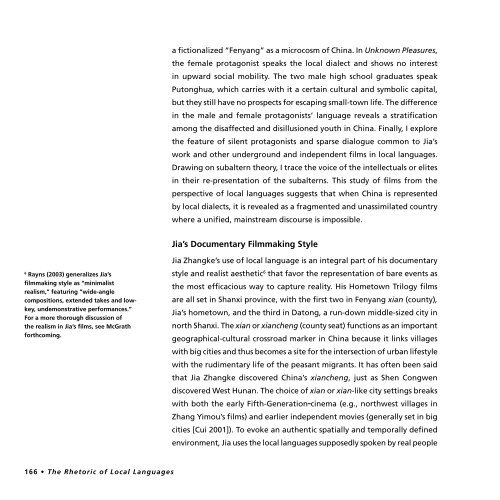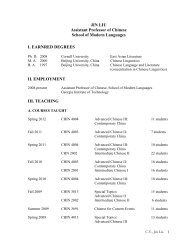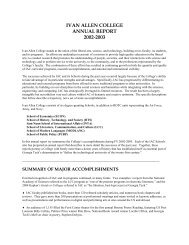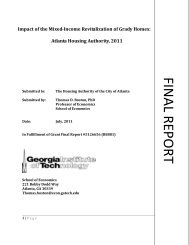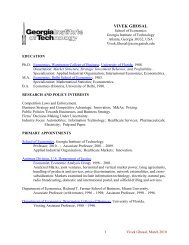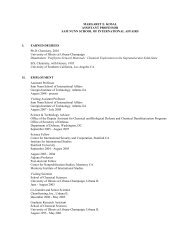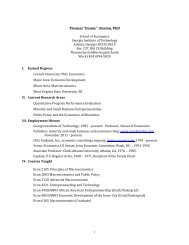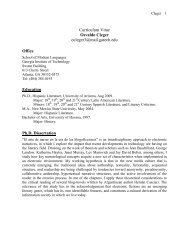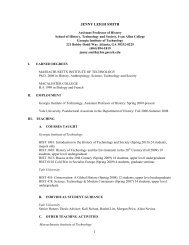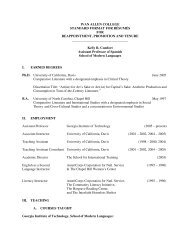Read this paper
Read this paper
Read this paper
Create successful ePaper yourself
Turn your PDF publications into a flip-book with our unique Google optimized e-Paper software.
a fictionalized “Fenyang” as a microcosm of China. In Unknown Pleasures,<br />
the female protagonist speaks the local dialect and shows no interest<br />
in upward social mobility. The two male high school graduates speak<br />
Putonghua, which carries with it a certain cultural and symbolic capital,<br />
but they still have no prospects for escaping small-town life. The difference<br />
in the male and female protagonists’ language reveals a stratification<br />
among the disaffected and disillusioned youth in China. Finally, I explore<br />
the feature of silent protagonists and sparse dialogue common to Jia’s<br />
work and other underground and independent films in local languages.<br />
Drawing on subaltern theory, I trace the voice of the intellectuals or elites<br />
in their re-presentation of the subalterns. This study of films from the<br />
perspective of local languages suggests that when China is represented<br />
by local dialects, it is revealed as a fragmented and unassimilated country<br />
where a unified, mainstream discourse is impossible.<br />
Jia’s Documentary Filmmaking Style<br />
6<br />
Rayns (2003) generalizes Jia’s<br />
filmmaking style as “minimalist<br />
realism,” featuring “wide-angle<br />
compositions, extended takes and lowkey,<br />
undemonstrative performances.”<br />
For a more thorough discussion of<br />
the realism in Jia’s films, see McGrath<br />
forthcoming.<br />
Jia Zhangke’s use of local language is an integral part of his documentary<br />
style and realist aesthetic 6 that favor the representation of bare events as<br />
the most efficacious way to capture reality. His Hometown Trilogy films<br />
are all set in Shanxi province, with the first two in Fenyang xian (county),<br />
Jia’s hometown, and the third in Datong, a run-down middle-sized city in<br />
north Shanxi. The xian or xiancheng (county seat) functions as an important<br />
geographical-cultural crossroad marker in China because it links villages<br />
with big cities and thus becomes a site for the intersection of urban lifestyle<br />
with the rudimentary life of the peasant migrants. It has often been said<br />
that Jia Zhangke discovered China’s xiancheng, just as Shen Congwen<br />
discovered West Hunan. The choice of xian or xian-like city settings breaks<br />
with both the early Fifth-Generation cinema (e.g., northwest villages in<br />
Zhang Yimou’s films) and earlier independent movies (generally set in big<br />
cities [Cui 2001]). To evoke an authentic spatially and temporally defined<br />
environment, Jia uses the local languages supposedly spoken by real people<br />
166 • The Rhetoric of Local Languages<br />
MCLC 18.2.indd 166<br />
12/20/06 2:01:34 PM


